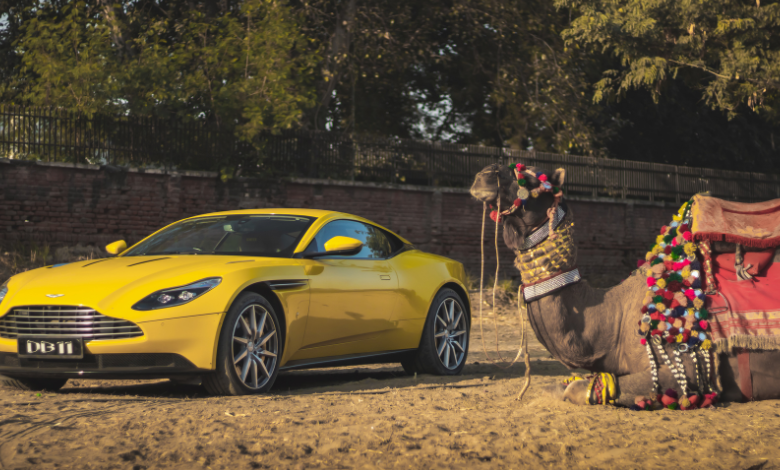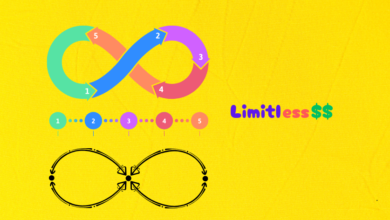Exploring the Enchanting World of прінцес

A. Definition of a Princess
A princess, often depicted as a young and noble woman, holds a unique place in our collective imagination. Whether derived from classic fairy tales or real-life monarchies, the concept of a princess evokes a sense of beauty, grace, and regality.
B. Evolution of the Princess Archetype
The image of a princess has evolved significantly over time, adapting to cultural shifts and societal changes. From traditional fairy tales to modern interpretations, princesses have transcended their conventional roles, becoming influential figures in literature, cinema, and real-life.
C. Importance of Princesses in Culture and Society
The enduring popularity of princesses speaks to their significance in shaping cultural narratives and societal expectations. This article explores the multifaceted world of princesses, examining their historical roots, modern portrayals, and the impact they have on our perceptions of beauty, gender roles, and morality.
The Classic Fairy Tale Princess
A. Historical Origins
The archetype of the fairy tale princess finds its roots in ancient folklore and mythology. Tales of princesses, often characterized by their beauty and virtue, have been passed down through generations, enchanting audiences with magical narratives.
B. Characteristics and Traits
-
Beauty and Grace
Central to the classic princess archetype is an emphasis on physical beauty and grace. These attributes often serve as symbols of purity and perfection.
-
Nobility and Royal Lineage
Princesses are typically associated with noble birth, highlighting their privileged status within society. Royal lineage reinforces notions of social hierarchy and the preservation of aristocratic traditions.
-
Virtue and Kindness
Virtue and kindness are integral qualities expected of a classic princess. These moral attributes contribute to the narrative of the princess as a paragon of goodness.
C. Popular Fairy Tale Princesses
-
Cinderella
The timeless tale of Cinderella, mistreated by her stepmother and stepsisters but ultimately finding love and happiness, epitomizes the classic rags-to-riches princess story.
-
Snow White
Snow White, with her innocence and beauty, encounters the jealousy of her wicked stepmother. The story explores themes of resilience and the triumph of good over evil.
-
Sleeping Beauty
Sleeping Beauty, cursed to a deep slumber by a wicked fairy, awaits the arrival of true love’s kiss. The narrative emphasizes the transformative power of love and the concept of a ‘happily ever after.’
Modern Interpretations
A. Disney Princess Phenomenon
-
Impact on Pop Culture
The Walt Disney Company played a pivotal role in popularizing and redefining the image of princesses through its animated films. The Disney Princess franchise, featuring iconic characters like Cinderella, Ariel, and Belle, became a cultural phenomenon, shaping the childhoods of millions.
-
Criticisms and Controversies
Despite their widespread appeal, Disney princesses have faced criticisms for perpetuating stereotypes, particularly in terms of unrealistic body standards and passive roles. Conversations around cultural sensitivity and inclusivity have also arisen, challenging the franchise to evolve with the times.
B. Empowered Princesses
-
Merida from “Brave”
Merida, the protagonist of Disney-Pixar’s “Brave,” defies traditional expectations by rejecting the idea of an arranged marriage and showcasing her prowess in archery. The film marks a departure from the conventional damsel-in-distress narrative.
-
Elsa from “Frozen”
Elsa, from Disney’s “Frozen,” challenges stereotypes by portraying a powerful queen with ice-manipulating abilities. The film’s themes of sisterhood and self-discovery resonate with audiences, reinforcing the evolving role of princesses in storytelling.
-
Moana from “Moana”
“Moana” introduces a strong-willed and adventurous Polynesian princess who sets sail to save her island. The character breaks away from traditional European settings, contributing to a more diverse representation of princesses.
Cultural Significance
A. Influence on Gender Roles
-
Stereotypes and Expectations
Traditional princess narratives have been criticized for perpetuating gender stereotypes, reinforcing the idea that a woman’s worth is often tied to her physical appearance and romantic pursuits. This has led to discussions about the impact of such narratives on children’s perceptions of gender roles.
-
Breaking Gender Norms
Modern interpretations of princesses have aimed to break free from traditional gender norms. Empowered and independent princesses serve as role models, encouraging audiences to challenge societal expectations and pursue their own paths.
B. Educational and Moral Values
-
Lessons for Children
Fairy tales, including princess narratives, have historically been used as tools for moral education. These stories often impart lessons about the consequences of greed, envy, and the rewards of kindness and bravery.
-
Cultural Morality in Fairy Tales
Princess stories often reflect cultural values and moral norms. Examining these narratives provides insights into societal beliefs and expectations at different points in
Real-Life Princesses
A. Historical Princesses
-
Princess Diana
Princess Diana, often referred to as the “People’s Princess,” captivated the world with her grace, compassion, and philanthropic efforts. Her impact extended beyond royal traditions, making her a beloved figure remembered for her charitable work and dedication to social causes.
-
Grace Kelly
Grace Kelly, an American actress who became Princess of Monaco, brought a touch of Hollywood glamour to royalty. Her transition from Hollywood star to princess added a layer of modernity to the traditional image of a princess.
B. Modern Royal Figures
-
Kate Middleton
As the Duchess of Cambridge, Kate Middleton embodies a contemporary vision of royalty. Her public engagements, advocacy for mental health awareness, and relatable persona contribute to reshaping the public’s perception of modern princesses.
-
Meghan Markle
Meghan Markle, an American actress who married Prince Harry, brought diversity to the British royal family. Her advocacy for social justice issues and commitment to breaking stereotypes have sparked conversations about the role of race and identity in modern monarchy.
Princesses Beyond Borders
A. Global Perspectives
-
Cultural Diversity
Princesses are not confined to Western traditions; they appear in diverse cultural narratives worldwide. Exploring princess stories from different cultures reveals unique perspectives on royalty, love, and societal expectations.
-
Impact on International Relations
The marriages and alliances formed by royal families have historically played a role in shaping international relations. Princesses, as diplomatic figures, have been instrumental in fostering connections between nations.
The Business of Being a Princess
A. Merchandising and Marketing
-
Toys and Merchandise
The commercialization of princesses is evident in the vast array of toys, clothing, and merchandise featuring beloved characters. The princess industry has become a lucrative market, influencing consumer trends and shaping childhood experiences.
-
Theme Parks and Attractions
Disney’s theme parks, featuring princess-themed attractions and experiences, contribute to the immersive world of princesses. These parks serve as extensions of the storytelling, allowing fans to step into the magical realms of their favorite characters.
Challenges and Criticisms
A. Unrealistic Beauty Standards
One of the persistent criticisms of princess narratives is the perpetuation of unrealistic beauty standards. The emphasis on physical appearance can contribute to body image issues, especially among young audiences.
B. Cultural Appropriation
The incorporation of diverse cultural elements in princess stories has sparked debates about cultural appropriation. Balancing cultural representation while respecting the authenticity of traditions remains a complex challenge for creators.
C. Feminist Perspectives
Feminist critiques argue that traditional princess narratives often portray passive heroines waiting for rescue. The modern shift towards empowered princesses addresses these concerns but prompts ongoing discussions about the intersection of feminism and popular culture.
Conclusion
A. Summarizing the Evolution of Princesses
The concept of princesses has undergone a remarkable evolution, transcending traditional boundaries and adapting to the changing tides of culture and society.
B. Continued Relevance and Impact on Society
Princesses, whether in fairy tales or real life, continue to capture the public’s imagination. Their stories reflect societal values, challenge norms, and inspire audiences to envision a world where individuals, regardless of gender or background, can pursue their dreams.
C. The Future of the Princess Archetype
As society evolves, so too will the portrayal of princesses. The future holds the promise of more inclusive narratives, diverse representations, and nuanced depictions that resonate with the complexities of contemporary life. The enchanting world of princesses will undoubtedly remain a dynamic and enduring aspect of our cultural tapestry.



